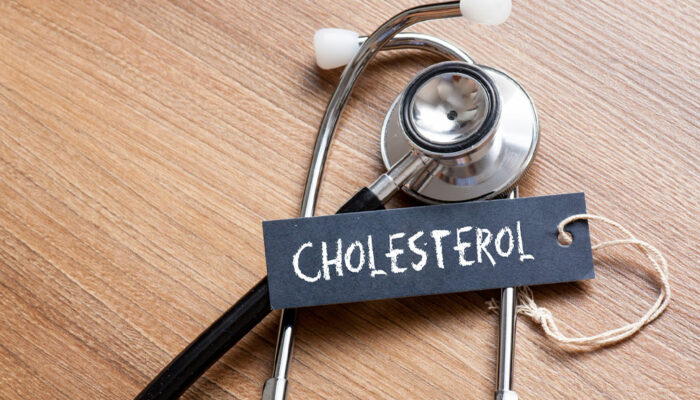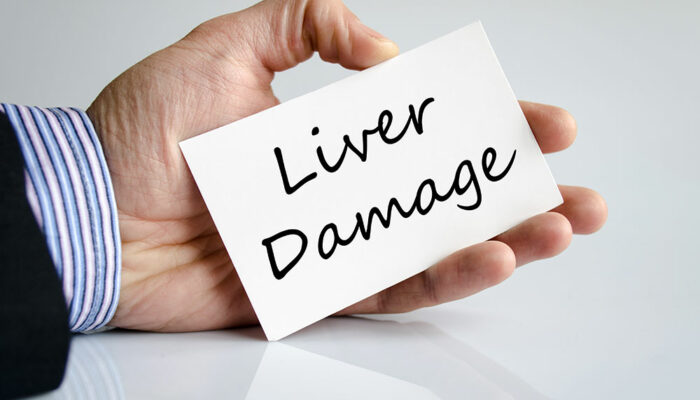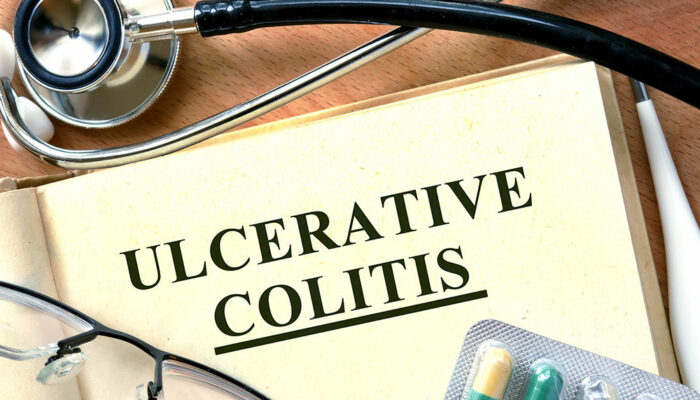
health
5 common mistakes to avoid while taking supplements
Foods and beverages provide the necessary nutrients to support physical and mental activity for growing children and adults. However, the body gradually loses its ability to break down foods and beverages to extract and absorb nutrients effectively with advancing age. Even some underlying health complications can trigger nutritional deficiencies, forcing one to take supplements extracted from natural foods and beverages. Here are five crucial mistakes to avoid while taking supplements: Taking too many supplements The body can absorb and process only a finite amount of nutrients daily. So, taking more can trigger unnecessary complications without any of the inherent benefits of supplementing. More is not always healthy, especially regarding supplements made from synthetic extracts. Also, not all vitamins, minerals, and nutrients can be taken at once since mixing supplements has multiple side effects, even the most basic ones for boosting immunity and overall metabolism. Combining the wrong supplements together Never take calcium and iron supplements together, as calcium lowers the body’s ability to absorb iron effectively. The same applies to magnesium and calcium, which should never be taken together. It’s alright to take them apart at long intervals. Vitamin C is great for boosting immunity, and vitamin B12 helps boost energy and cognitive function and improve mood.
Read More 








